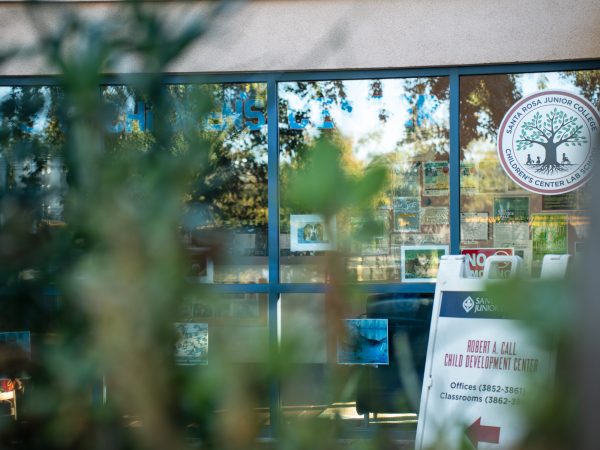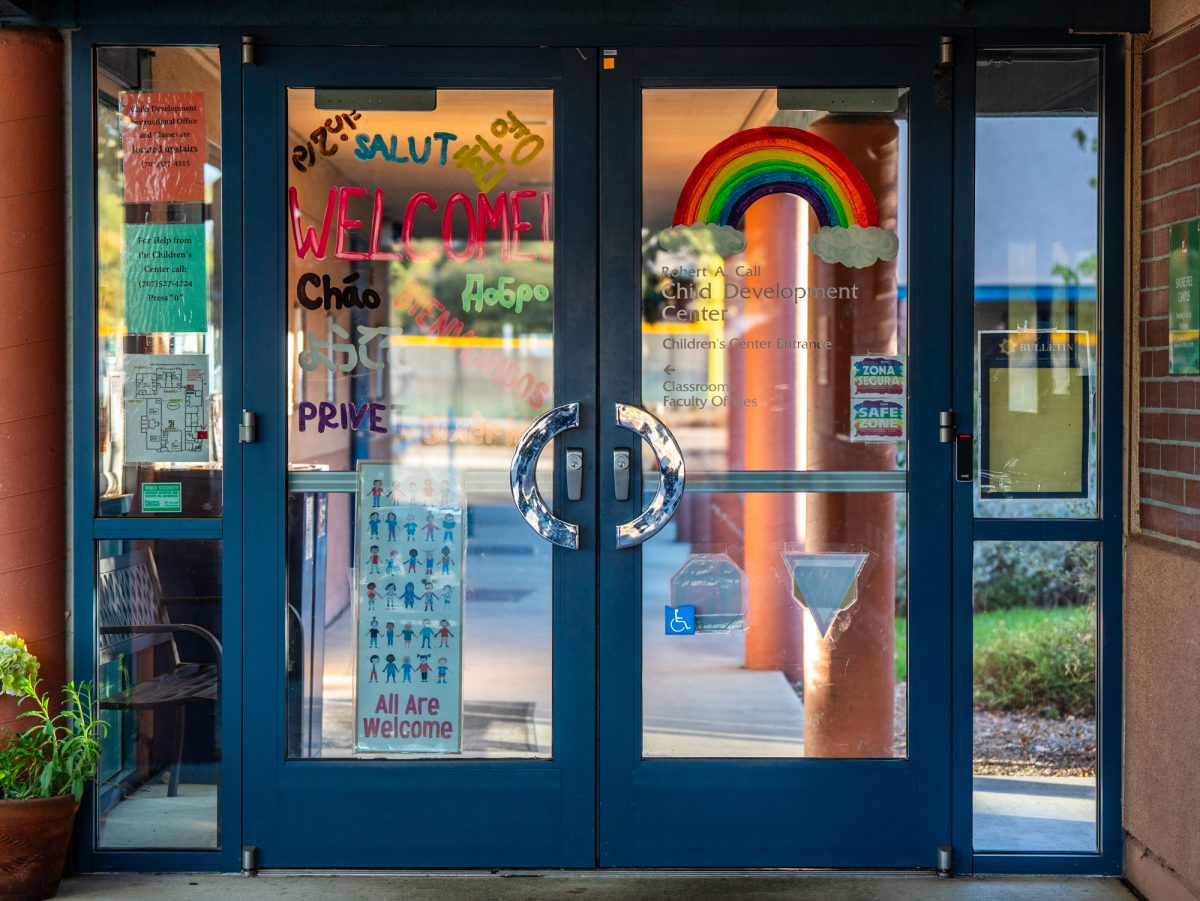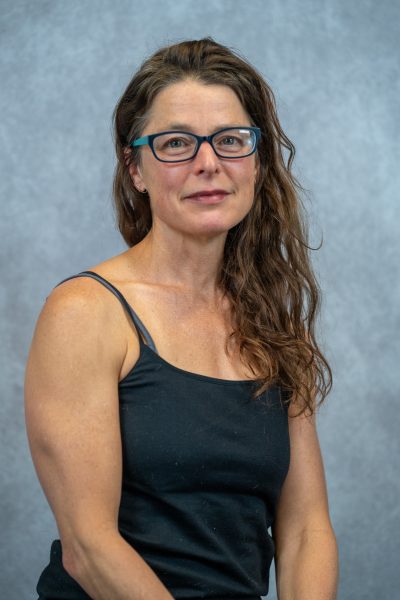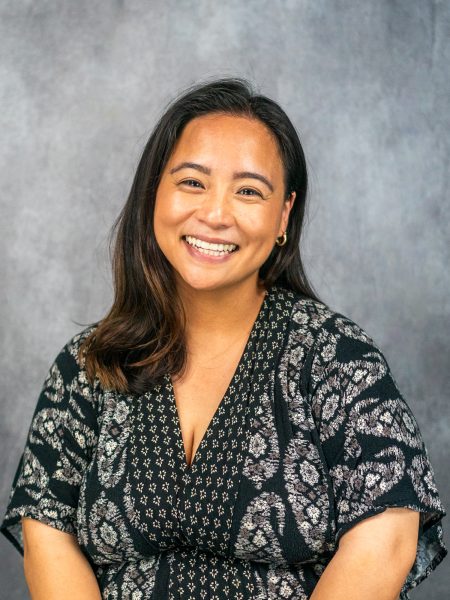The Call Children’s Center is set in a quieter part of the Santa Rosa Junior College campus, away from traffic and the noise. At 8:30 a.m., birdsong greets parents and children arriving for the day. Parents blow kisses and mime hugs at the window after dropping off their children, then hurry off to class or work. They’re rushed, but many have a moment to weigh in on Measure I.
Measure I is a ballot proposition that would add a quarter-cent sales tax to generate $30 million annually for early child education and healthcare. The money would go toward making affordable, quality childcare more available and accessible in Sonoma County. The revenue would also support early childhood mental health resources and raising the wages of childcare employees.
According to Ananda Sweet, interim head of the Santa Rosa Metro Chamber of Commerce, 60% would go toward accessible quality, early education and childcare, and 40% toward accessible early childhood health and mental health.
According to a Sonoma County Office of Education 2019 needs assessment, far more children need childcare than there are spaces. These numbers rose during and after the pandemic. The study found a significant shortage of subsidized childcare for children in Sonoma County, noting that the county meets the needs of only 45% of children ages 0 to 12.
The assessment found that the biggest barriers to accessing childcare were cost and availability. This reflects a statewide shortage.
The California Children’s Report Card gave the state a D-plus for its ability to support better outcomes for kids from prenatal to young adulthood. According to the report, more than 75% of the survey respondents say that high cost and insufficient availability block families from accessing affordable, high quality childcare.
The Oak Leaf spoke with eight parents whose children attend Call Children’s Center. Each one said they rely on affordable childcare so that they can go to college. Most also work to support their families while also attending college.
Judd Hu, a parent and student at SRJC, said the funding would improve the quality of education and make it more accessible for low income families like his. He and his wife rely on SRJC children’s center’s affordable childcare so that they can work and go to school.
“It’s expensive to live here and expensive to find good childcare,” Hu said. “We could take care of kids at home, but it [would] require us to struggle more [financially].”
Mendoza, who identified herself by her last name only, said that if it passed, it would “help a lot to have affordable education for her kid.” A single parent, Mendoza works part-time and is a part-time student at SRJC.
Raising money for early childhood education directly impacts the lives of Staja Edwards, a SRJC employee at the Sawubona Black Student Support Center, and her family. “It gives us space to do our own thing [work and school] while he’s here getting care,” she said.
Infant and toddler childcare costs, on average, $13,000 annually, according to a report by Axios. For many parents, especially women, the high costs of childcare suppress their earning potential.
Brianna Vaccaro, SRJC student in early childhood education, also relies on the affordable care provided at the Call Children’s Center. “It would help us tremendously to have support and to help our teachers have extra income,” she said about the measure.
As a student who is also mother to a young child, she feels she has to choose either between working or parenting. “I don’t get to work because I’m doing schooling and I’m a mom, so it’s either choose school or work,” Vaccaro said. “I can’t really manage both, so that’s kind of where we’re living on low income, and I don’t have much income, so I’m thriving off of financial aid.”
The Call Children’s Center maintains a constantly running waitlist, according to Stephanie Oseguera, a Family Service Worker. Additionally, the infant program has the longest waitlist, with ten infants and fifteen toddlers. But the numbers fluctuate as spots open and fill throughout the semester. “We did at one point, clear the waitlist, and then applications would come in,” Oseguera said.
The center only has space for four infants and 24 toddlers. The small size creates challenges for parents seeking childcare.
SRJC student Jasmine Martinez has an infant and a toddler. She works 14 hours a week and has 10 hours of classes a week. A full-time parent as well, she relies on access to affordable care for her two children. Currently, only her toddler has a spot at Call Children’s Center. Measure I would “probably help me with my (infant) daughter while I’m going to school at Sonoma State, just because their daycare program is very expensive and the waitlist for low income is insane,” she said.
She hopes there will be a spot for her infant once she reaches six months. “It’s stressful finding a good daycare center and making sure that your kid’s getting well taken care of,” Martinez said.
Find more Sonoma County Office of Education childcare reports here.







